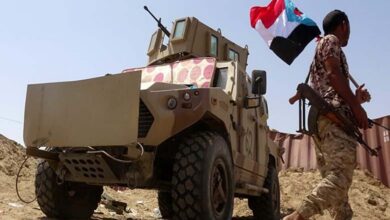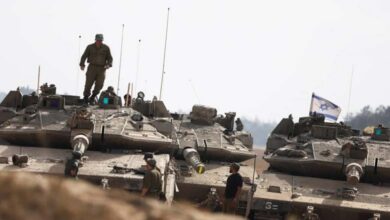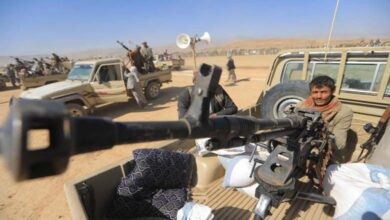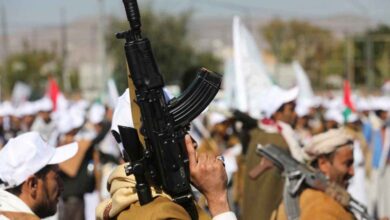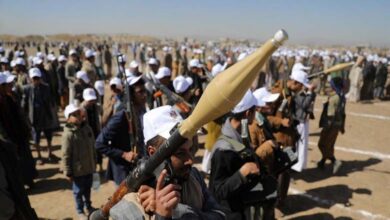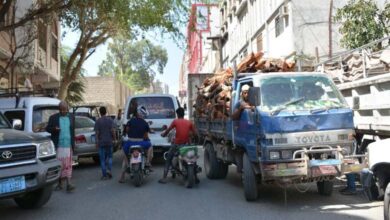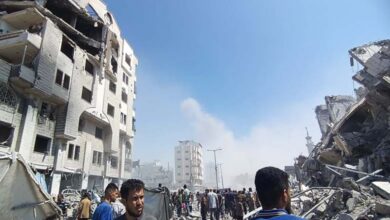Houthis seek to redraw the line that separated Yemen’s north and south
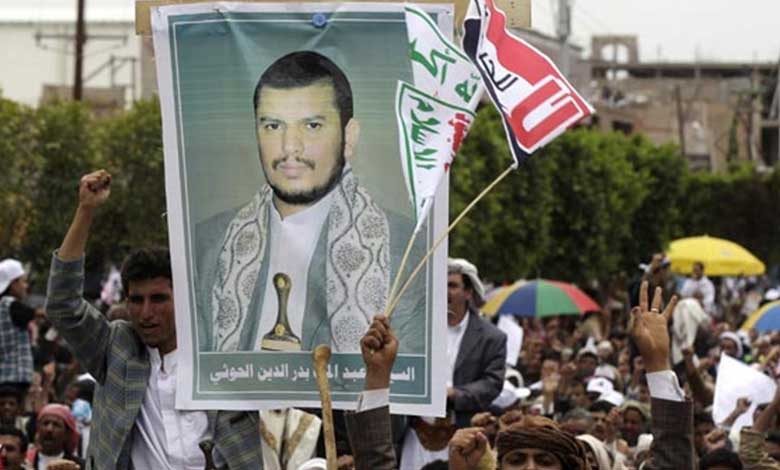
As the Iran-backed Houthi militias controlled the Yemeni capital Sanaa in September 2014, their leader, Abdulmalek al-Houthi, promised to United Nations envoy Jamal Benomar that his combatants would divide the country’s north for themselves.
After Six years, the Houthis have started an adventure to take southern provinces in an attempt to redraw the line that divided Yemen’s north and south before the founding of the republic in 1990.
Indeed, the Houthis have unsuccessful in these six years to gather the backing of the people in regions under their control, just maybe in the Dhamar and Raimah provinces because of to their geographic positions.
Residents informed Asharq Al-Awsat that the Houthis have begun to build an administrative office for the Dhale province in the Damt district that was part of the Ibb province. It should indicate that Damt is the nearby district to the former border line.
The militias had launched an offensive in the region to close the principal trade route that links the north to the south where Aden port is situated. The Houthis had also waged a similar attack over the border between Dhale and Taiz.
Moreover, in Lahj, the militias have tried to deploy in areas that formed the previous border. They also did the same along the border between the al-Bayda and Abyan provinces.
Currently, the Houthis send all of their forces towards the Marib province for completing the re-demarcation of the former border line. The control of the province would also let the militias to control vital gas and oil wells and the main power plant and reach the former border regions of Hadramawt and Shabwa.
In the presence of these developments, the militias detached the northern telecommunications companies from the south, where people residing in government-held regions couldn’t pay phone or internet bills in militia-held areas.
About the trade domain, the Houthis presented two versions of the national currency, where one could only be used in the north and is barred from use in government-held regions. They also put taxes checkpoints in areas that they control to impose new tariffs on top of those paid at government ports.



